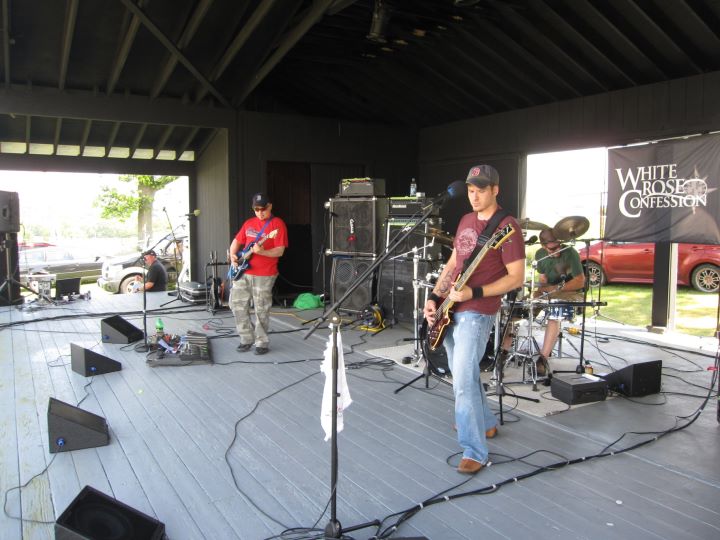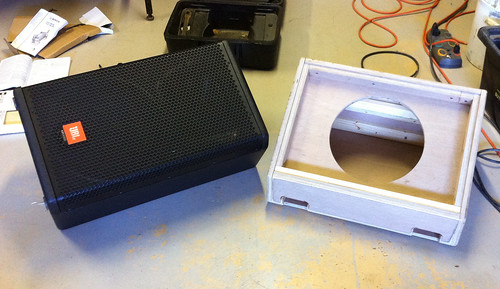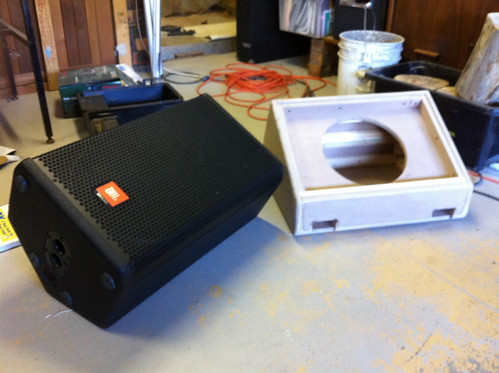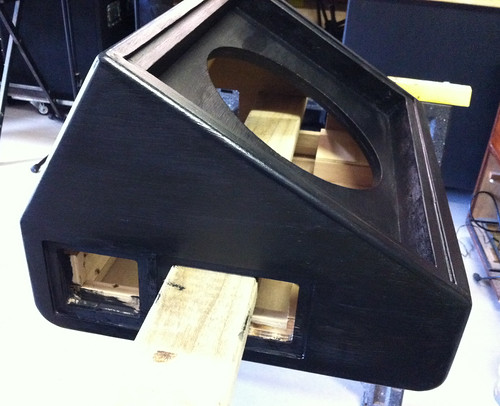Re: Coaxial Wedge Collaboration
Seems to me that John Murray published an article in Live Sound a few years ago that went step by step.
I have SysTune, Lake processors and some idea of how to created a biamped DSP setup but I'd appreciate any advice. Bennet?
l
Seems to me that John Murray published an article in Live Sound a few years ago that went step by step.




